 Whenever I trek to the Metropolitan Museum of Art, I always try to pass through the American Wing to catch even just a glimpse of The Vine, by Harriet Whitney Frishmuth (1880-1980). During my most recent visit there, with my new Nikon D90 in hand, I took several snapshots of this beautiful sculpture from a variety of angles.
Whenever I trek to the Metropolitan Museum of Art, I always try to pass through the American Wing to catch even just a glimpse of The Vine, by Harriet Whitney Frishmuth (1880-1980). During my most recent visit there, with my new Nikon D90 in hand, I took several snapshots of this beautiful sculpture from a variety of angles. The Vine is one of my two favorite sculptures, competing only with Joy by Sam Axton.
As I did with Joy, I eventually want to break down and analyze why exactly I find The Vine so special, why it strikes a particularly powerful chord with me, and perhaps put to rest which of the two sculptures I can definitively call my top favorite — that is, if I decided this is really necessary or even possible.
Today, I simply want to show a few shots of this beautiful sculpture that evokes a similarly elative spirit as Joy. Which of the two works of art more effectively evokes that spirit — and why? These are questions to be answered perhaps another day.

The following is a description of The Vine that accompanies the sculpture at the Met:
In the early twentieth century, sculptures of dancing women were produced in great numbers, inspired in part by the popularity of Isadora Duncan, Loie Fuller, and Anna Pavlova. Frishmuth often turned to dancers for her sculptural themes and employed them to pose for her with musical accompaniment. Show stretching upward and outward in imitation of a living vine, this lyrical nude balances on tiptoe in the ecstasy of performance, a grapevine suspended in her hands. The first version of the work, a statuette eleven and a quarter inches high, was enormously popular, cast in an edition of 396. In 1923, Frishmuth enlarged the sculpture to monumental scale, using Desha Delteil of the Fokine Ballet as her model.



























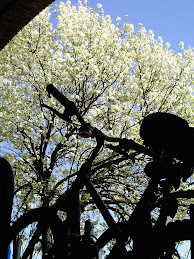



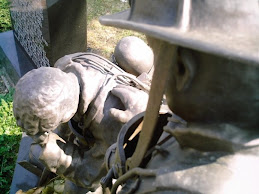
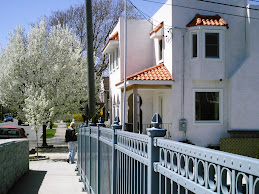
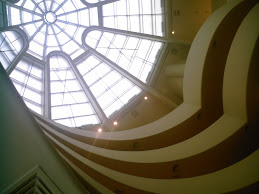+-+June+2009.jpg)


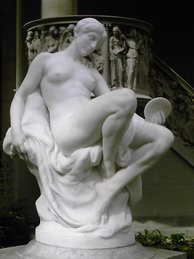





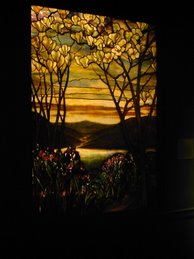


No comments:
Post a Comment